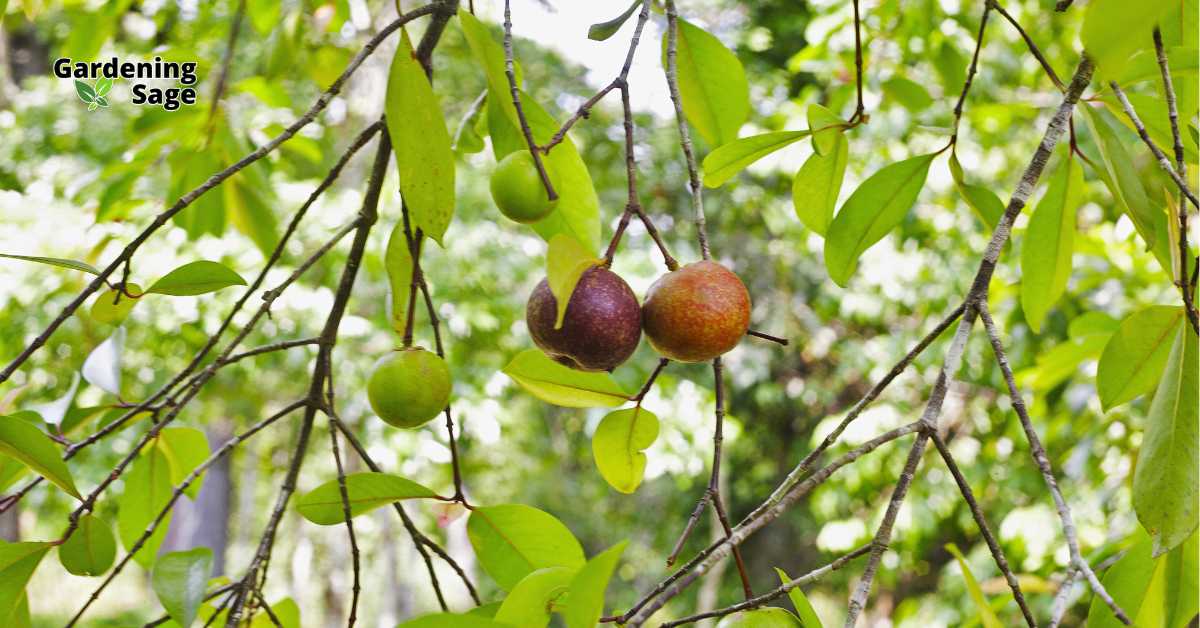Welcome to the green and thriving world of native plant gardening! In a time when ecological balance is more important than ever, turning our attention to the plants that belong to our local ecosystems can make a world of difference.
This guide explores the crucial role native plants play in our environments and offers practical tips to successfully integrate them into your garden.
Why Native Plants Matter
Native plants, the flora that naturally occurs in a specific region, are the backbone of local ecosystems. They’ve adapted over centuries to thrive in the specific conditions of their native habitats.
This adaptation makes them incredibly valuable for several reasons:
- Ecosystem Support: Native plants provide essential habitats and food sources for local wildlife, including pollinators, birds, and beneficial insects. Their presence helps maintain the region’s biodiversity, crucial for ecological balance.
- Environmental Resilience: Adapted to local climates and soil conditions, native plants require less water, fertilizers, and pesticides. This resilience makes them a sustainable choice for gardeners concerned about their environmental impact.
- Natural Beauty and Heritage: Native gardens celebrate the natural heritage of a region. They offer a unique aesthetic that harmonizes with the local landscape, preserving the natural beauty and identity of the area.
Selecting the Right Native Plants
The journey to a native plant garden begins with selecting the right species. This choice should consider your local climate, soil conditions, and the specific needs of your garden space:

- Research Local Flora: Start by researching plants native to your region. Local gardening centers, native plant societies, and online resources can provide valuable information.
- Consider Garden Conditions: Assess the specific conditions of your garden – the amount of sunlight, soil type, and moisture levels. Choose plants that will thrive in these conditions.
- Support Local Wildlife: Opt for plants that offer food and shelter to native wildlife. This not only supports biodiversity but also brings your garden to life with the presence of birds, butterflies, and other fauna.
How to Grow Native Plants
Growing native plants is often easier and more rewarding than cultivating non-native species. Here’s how you can get started:
- Prepare the Soil: While native plants are adapted to local soils, preparing your garden with compost or organic matter can give them a healthy start.
- Planting Techniques: Plant in the right season, and give each plant enough space to grow. Deep watering after planting helps establish roots.
- Ongoing Care: Native plants typically require less care than non-natives. Regular weeding and mulching can help conserve moisture and suppress weeds.
Benefits of Native Plants in Gardens
The benefits of integrating native plants into your garden are manifold:
- Sustainability: Native plants play a significant role in water conservation and reducing chemical use, contributing to a more sustainable gardening practice.
- Aesthetic Appeal: These plants offer a diverse range of colors, textures, and seasonal interests, making your garden a visually appealing space.
- Community and Education: Growing native plants can be a great way to connect with your community and educate others about the importance of local ecosystems.
Incorporating native plants into your garden is a powerful step towards embracing and nurturing the natural world around us. Whether you’re a seasoned gardener or just starting, the journey towards a native plant garden is rewarding, both for you and the environment.














